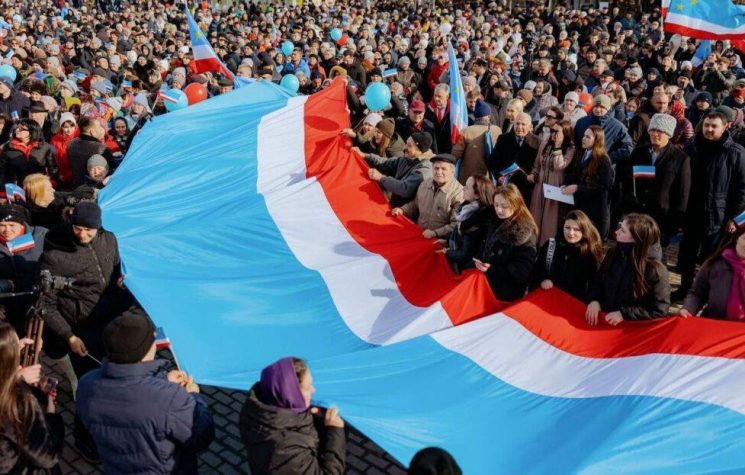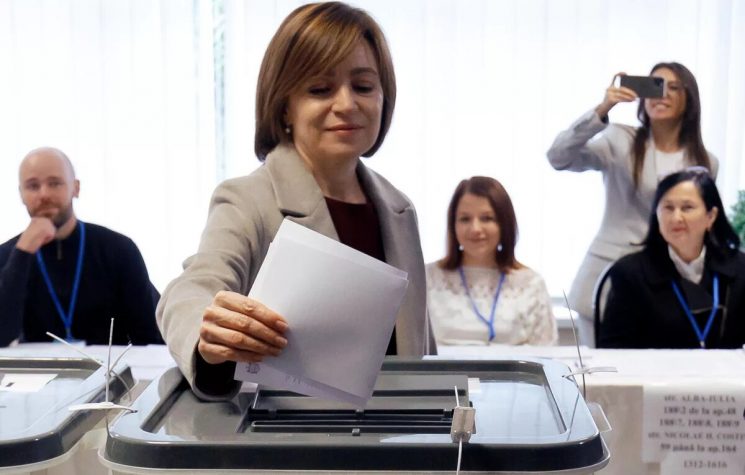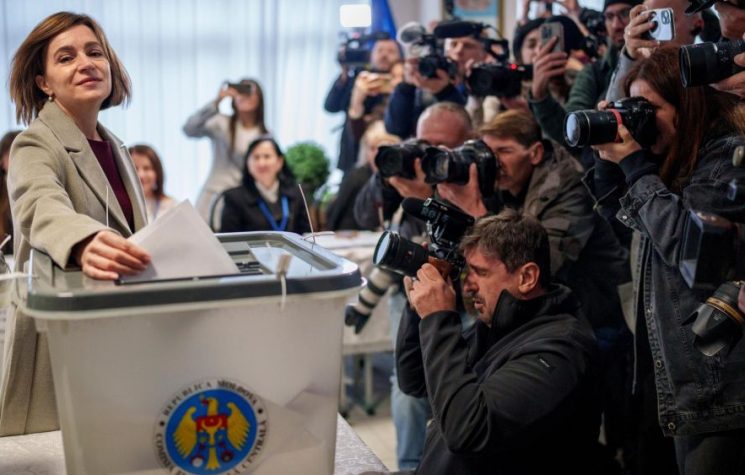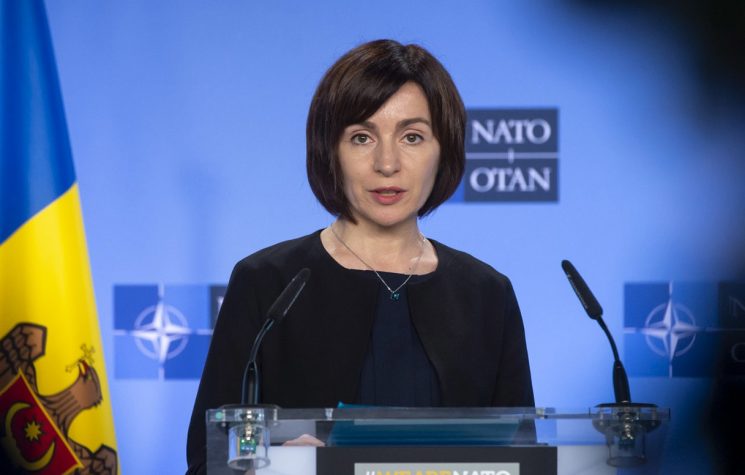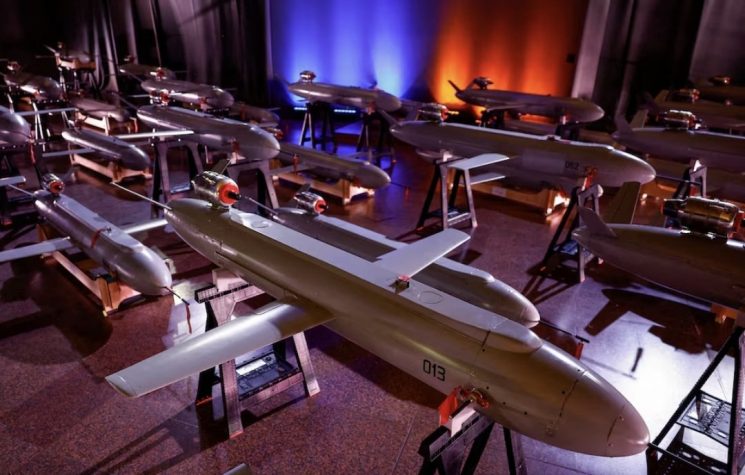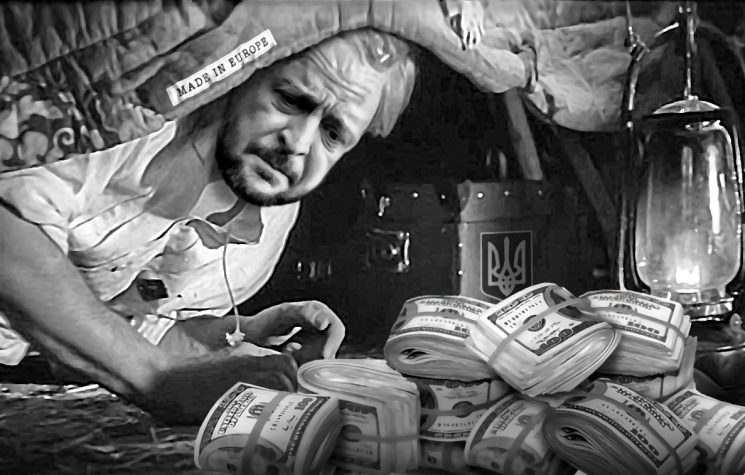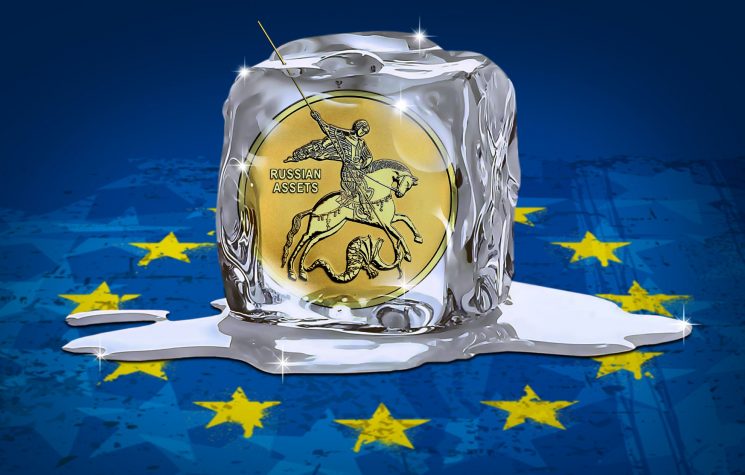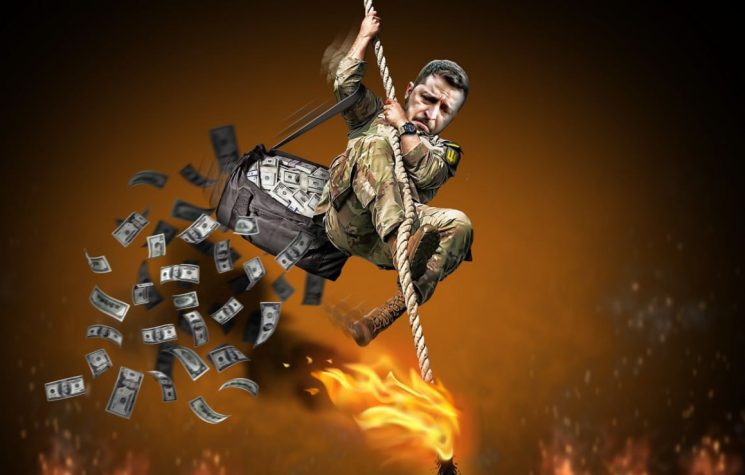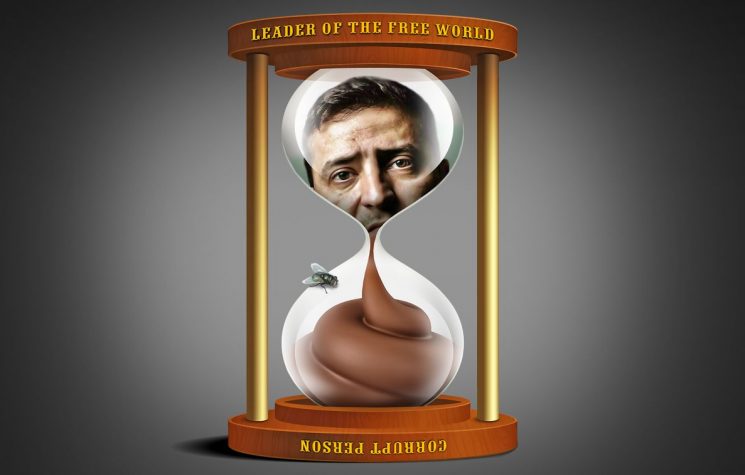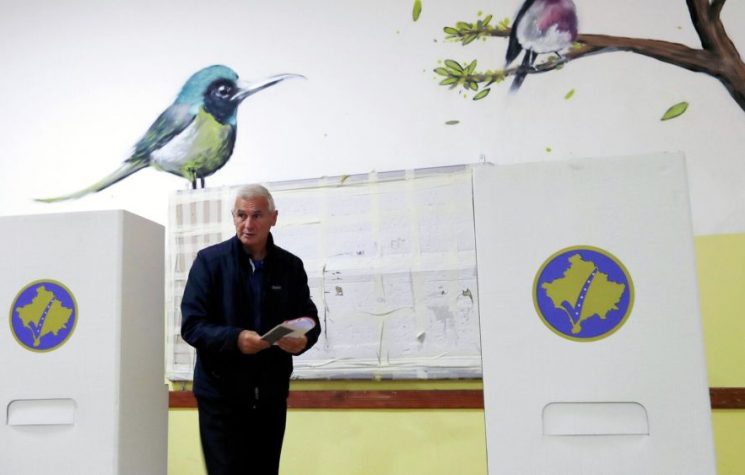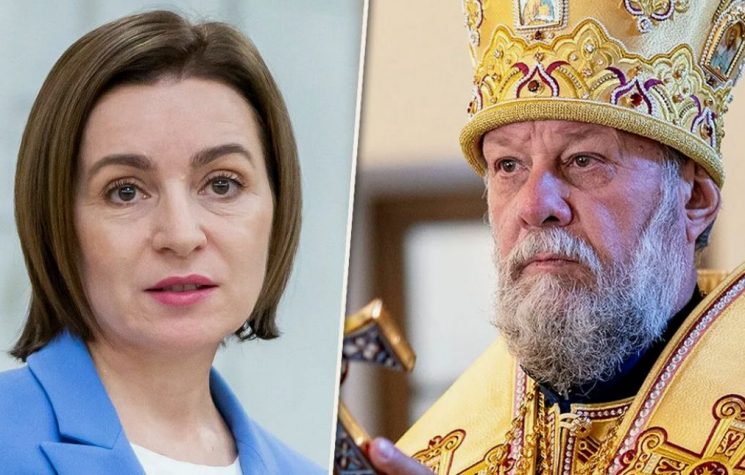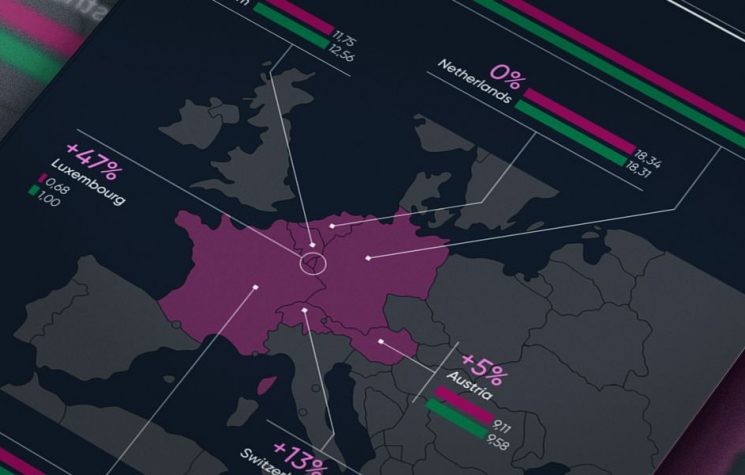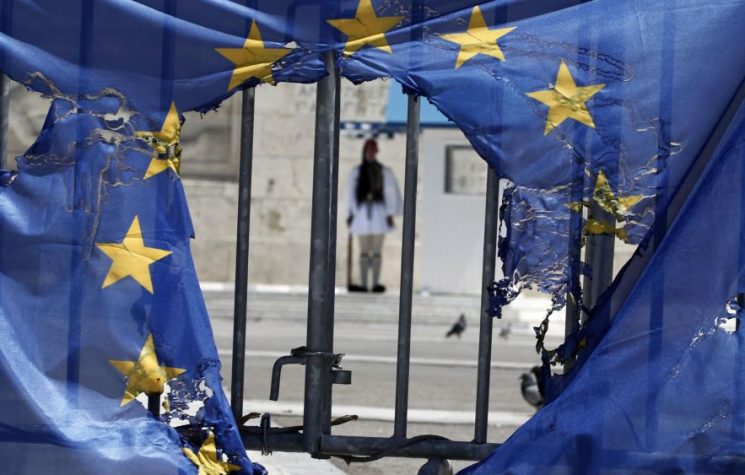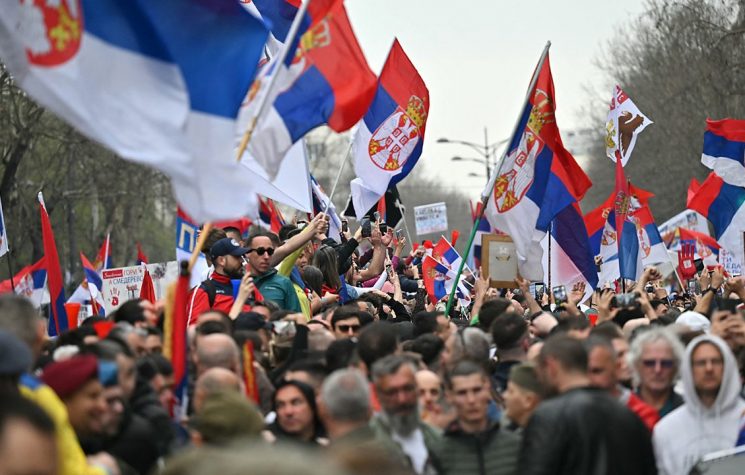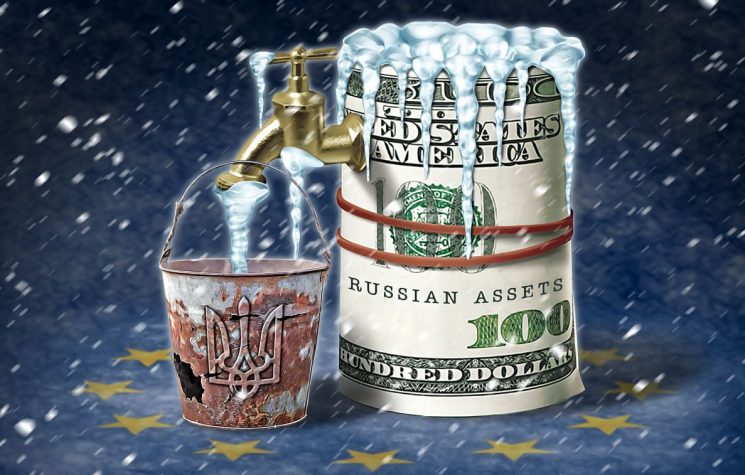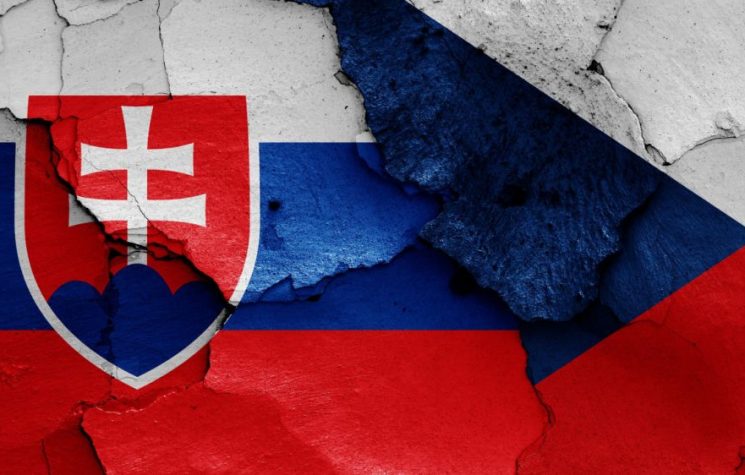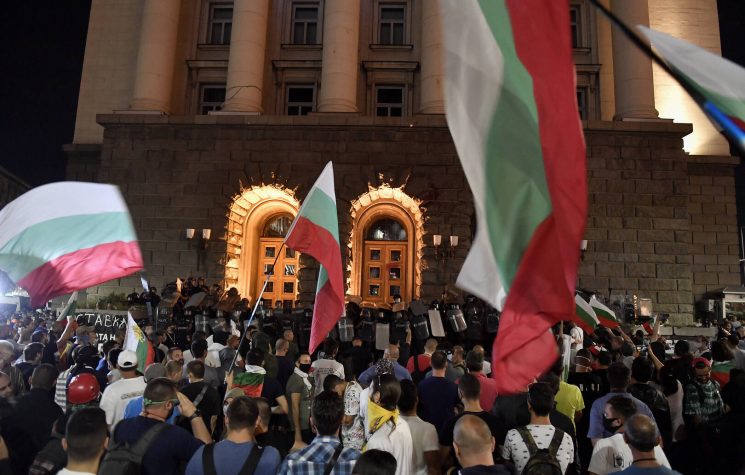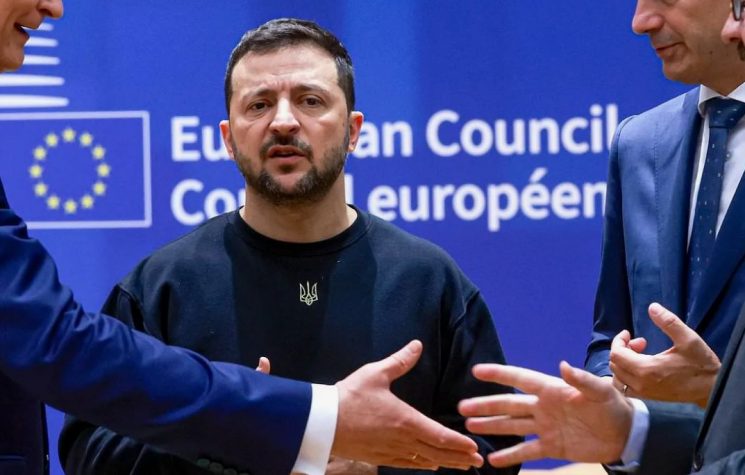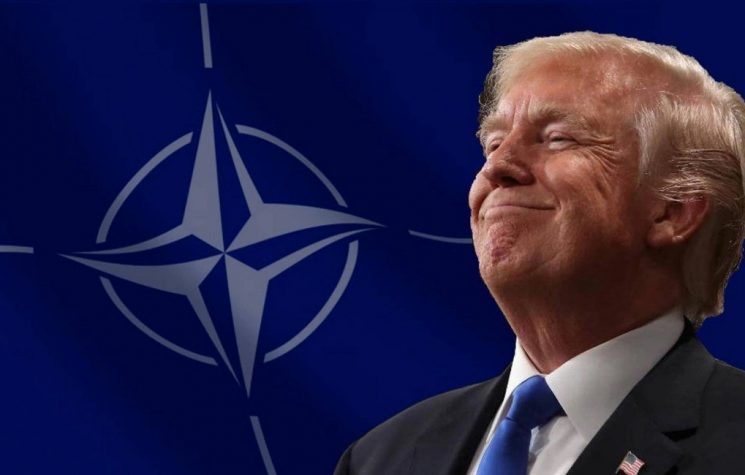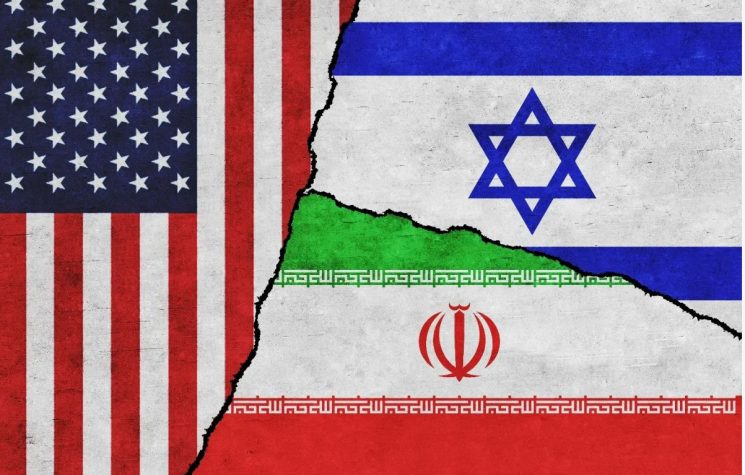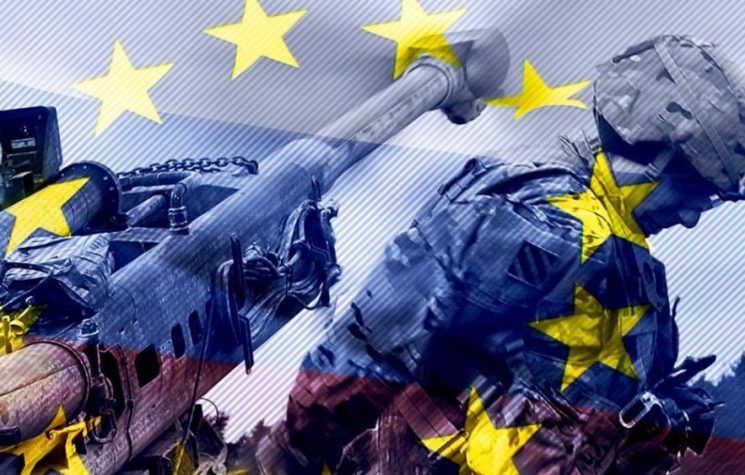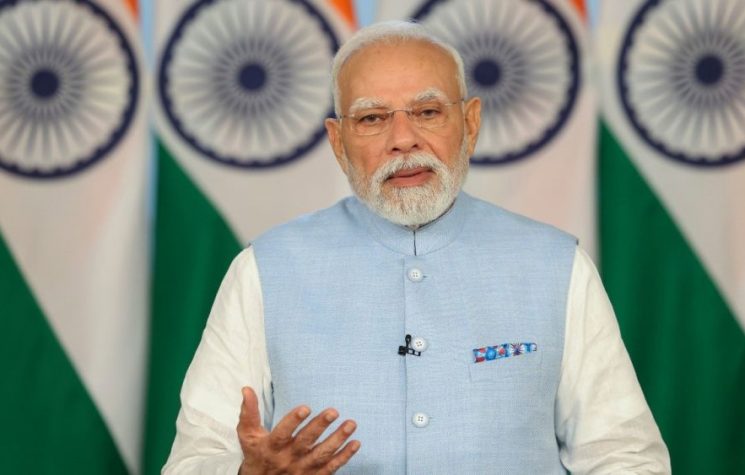Certainly, the hybrid dimension will be central in defining the contours of political and institutional stability, or instability.
Join us on Telegram![]() , Twitter
, Twitter![]() , and VK
, and VK![]() .
.
Contact us: info@strategic-culture.su
A predictable farce
It was to be expected: Moldova remains in the hands of Maia Sandu, the pro-European leader, madly in love with the West, ready to do anything to transform Moldova into yet another suburb of the decadent Western empire and, above all, ready to sell the lives of her citizens for a stupid war looming over Europe.
Unfortunately, we already knew this, the conditions were clear and the leadership in office had announced that it would be ready to do anything to maintain power. Western countries had sided with Sandu, suggesting that the clutches of Brussels and Strasbourg, but also London, Paris, and Washington, were firmly entrenched in the Eastern European country that is now preparing to become the new front line. But let’s take it step by step.
Throughout the election campaign, highly undemocratic practices were employed: pressure on the opposition (arrests, exclusion from the competition, and searches), media censorship (over 20 newspapers were shut down), instrumental use of the administrative apparatus, and manipulation of the voting rights of the diaspora in various countries and in the PMR. At least 100,000 fictitious ‘votes’ were added, presumably attributed to voters abroad.
In Transnistria, only 12 polling stations were set up instead of the 30 planned (four of which were moved further into Moldova on the day of the vote), and seven bridges connecting the Transnistrian Moldovan Republic to the right bank of the river were closed to prevent voters from accessing them. As a result, only 12,000 of the approximately 200,000 eligible voters in the region cast their ballots. For the largest Moldovan community in Russia (estimated at between 350,000 and 500,000 people), only two polling stations were opened, compared to 75 in Italy (with approximately 100,000 Moldovans), 36 in Germany, 26 in France, 24 in the United Kingdom and Northern Ireland, and 23 in Romania. The count was extended throughout the night until 50.12% of the votes had been counted, which was highly unusual.
The withdrawal of opposition candidates Irina Vlah (“Heart of Moldova”) and Victoria Furtuna (“Great Moldova”) took place the day before the vote, when polls clearly indicated that they would win seats in parliament: an unprecedented act of arbitrariness.
The publication of data from individual polling stations was avoided to prevent observers from comparing the protocols. Sandu’s nervous breakdown is an indirect sign: after seeing the polls released during the day, she publicly admitted that the elections could be canceled. Despite all these maneuvers, the PAS’s position continues to weaken: instead of the 63 seats in the current parliament, it will now have just over 50 (about 10 fewer). Overall, the opposition won a majority at the national level (49.54% against 44.13% for the PAS). The vote was also distorted by the counting of votes from abroad.
The most significant conclusion is that, despite serious irregularities, the actual result signals a clear defeat for the ruling party.
From politics to war
If the political situation is what it is, we must now look to the immediate future, which involves a military factor.
In fact, Moldova is the easternmost country in Europe, and this geographical fact should not be underestimated. Romania is the headquarters of NATO’s war command, a key point together with Bulgaria, two regions that have been involved for years in the Blue vs. Red operation, which prepares the Atlantic bloc’s troops for a conflict with Russia, under the preparatory guidance of the Italian Army.
Although it is not formally a member of the European Union or NATO, its geographical location, the morphology of its territory, and the surrounding political and security dynamics give Chișinău a potentially decisive role in the event of a high-intensity confrontation with Moscow. In terms of military geostrategy, Moldova represents a ‘wedge’ between the south-eastern flank of the Atlantic Alliance and the Black Sea region, forming a point of contact between Romania and Ukraine, and in a broader sense between the EU/NATO and Russia.
It is a veritable land corridor connecting the Black Sea basin with Central and Eastern Europe. This corridor, bordered to the west by the Carpathian Mountains and to the east by the Dniester River, has historically functioned as a line of penetration and maneuver for conventional armies. For NATO, Moldovan territory constitutes a sort of buffer zone with the operational theater of conflict in Ukraine. In scenarios of escalation, controlling or at least ‘stabilizing’ this space would mean ensuring the logistical continuity of Romanian lines of communication and the protection of NATO’s rear on its south-eastern flank.
Then there is Transnistria: in this strip of territory along the Dniester, Moscow has maintained a contingent of about 1,500 military personnel since 1992, the Operational Group of Russian Forces, officially with a peacekeeping function but in fact a projection for war. Operationally speaking, Transnistria constitutes a Russian “salient” wedged between Ukraine and Moldova, and therefore a logistical and intelligence hub that could be activated as a base for operations, including hybrid ones, in the event of direct conflict with NATO countries.
In terms of strategic depth, however, Moldova offers NATO the possibility of expanding its battle space and increasing the resilience of the so-called Bleak Sea Flank. The integration of Moldovan territory into a hypothetical Euro-Atlantic device would allow the creation of internal lines of communication between Romania and southwestern Ukraine, improving the maneuverability of multinational forces. Furthermore, the predominantly flat terrain, criss-crossed by a network of secondary communication routes, is suitable for the rapid deployment of mechanized units and medium-range missile systems, should the political situation allow it. In a conventional war scenario, this space could be exploited as a staging area for interdiction operations and for supporting Ukrainian forces in the Odessa sector.
We should also consider that Moldova has the port of Giurgiulești, an important outlet on the Black Sea and the mouth of the Danube, which could become a logistics hub for the Alliance, facilitating the transfer of military assets to the front, but also to other fronts, such as the Balkans. Ensuring the security of Moldova’s rear would also mean supporting naval and amphibious operations in the Black Sea and the Bosphorus Strait.
Moreover, Moldova is home to important energy hubs and transit infrastructure (gas pipelines, electricity grids) connecting Russia, Ukraine, and the Balkans. In a high-intensity conflict, control or protection of these infrastructures would take on operational and strategic value, as they affect NATO’s energy supply capacity. Russian interdiction of these hubs through cyberattacks, sabotage, or precision missiles would represent a threat multiplier for the Alliance.
NATO is already developing a strengthened defensive posture along its eastern flank through Tailored Forward Presence and Enhanced Air Policing Missions. In a conflict with Moscow, the ability to use Moldovan airspace, C4ISR networks, and infrastructure would increase deterrence by denial and the Alliance’s rapid reaction capability in the Black Sea area.
So what will happen now?
The next few days will be decisive. Certainly, the hybrid dimension – especially with regard to disinformation, electoral manipulation, and influence on public opinion – will be central in defining the contours of political and institutional stability, or instability, with the possibility of transforming Moldova into a “war front” in a matter of hours.










